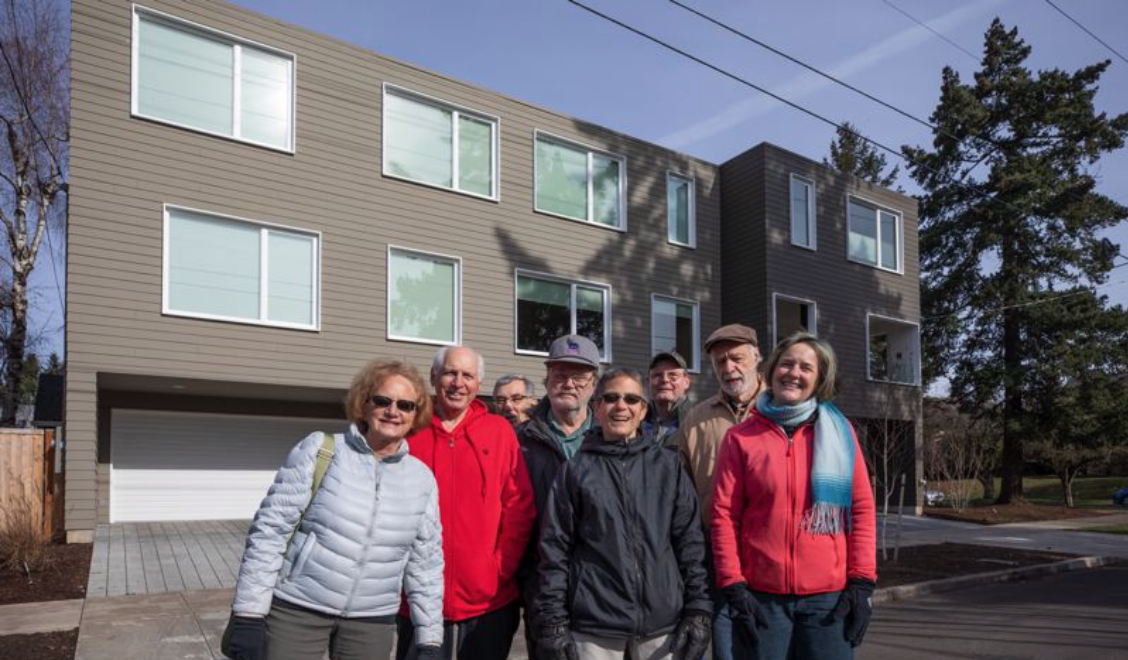Have you ever wondered how the Residential Infill Project got started? How did a citizen-led effort to slow demolitions and preserve existing houses get hijacked by developers and become a sweeping re-zoning of the city for urban redevelopment and displacement of lower-income communities?
The Portland Tribune is publishing a series of articles on the origins of RIP.
“Many of those who were involved in the early stages feel betrayed.”
“Former Mayor Charlie Hales created the Residential Infill Project — often called RIP by fans and foes alike — in 2015 after neighborhood activists and historic preservationists expressed increasing alarm that many viable small houses were being demolished and replaced with so-called McMansions that towered over nearby homes.”
“When the 25-member Stakeholder Advisory Committee was appointed in September of that year, the Bureau of Planning and Sustainability, which is staffing the project, said it would “evaluate Portland’s single-dwelling development standards to ensure that new or remodeled houses are well integrated and complement the fabric of neighborhoods throughout the city.”
“But now, as the project’s recommendations move toward consideration by the council, they would rezone 96 percent of existing single-family neighborhoods to allow up to four units on every lot, and allow duplexes, triplexes and fourplexes to be up to 1,500 square feet larger than single-family houses.”
“They took our idea and used it to give the city away,” said critic Margaret Davis, an artist and neighborhood activist who helped organize support for starting the project.”
